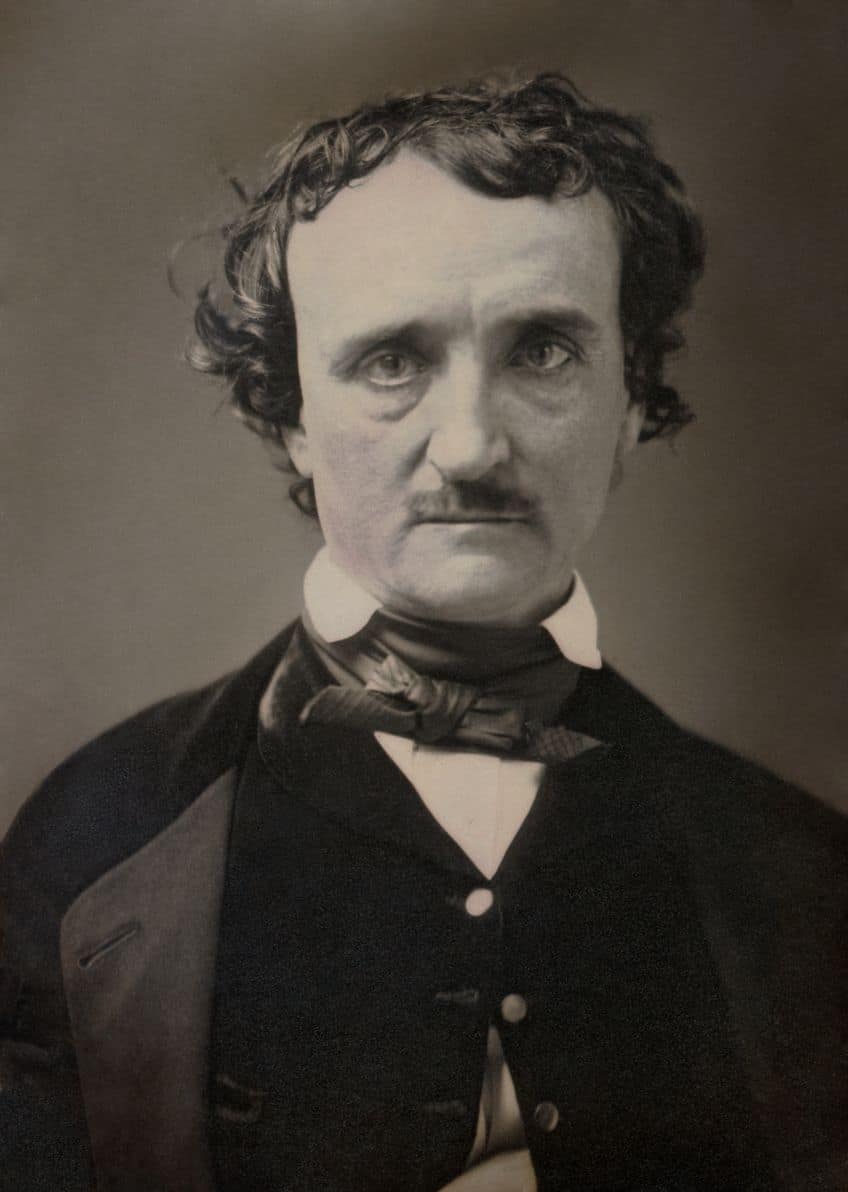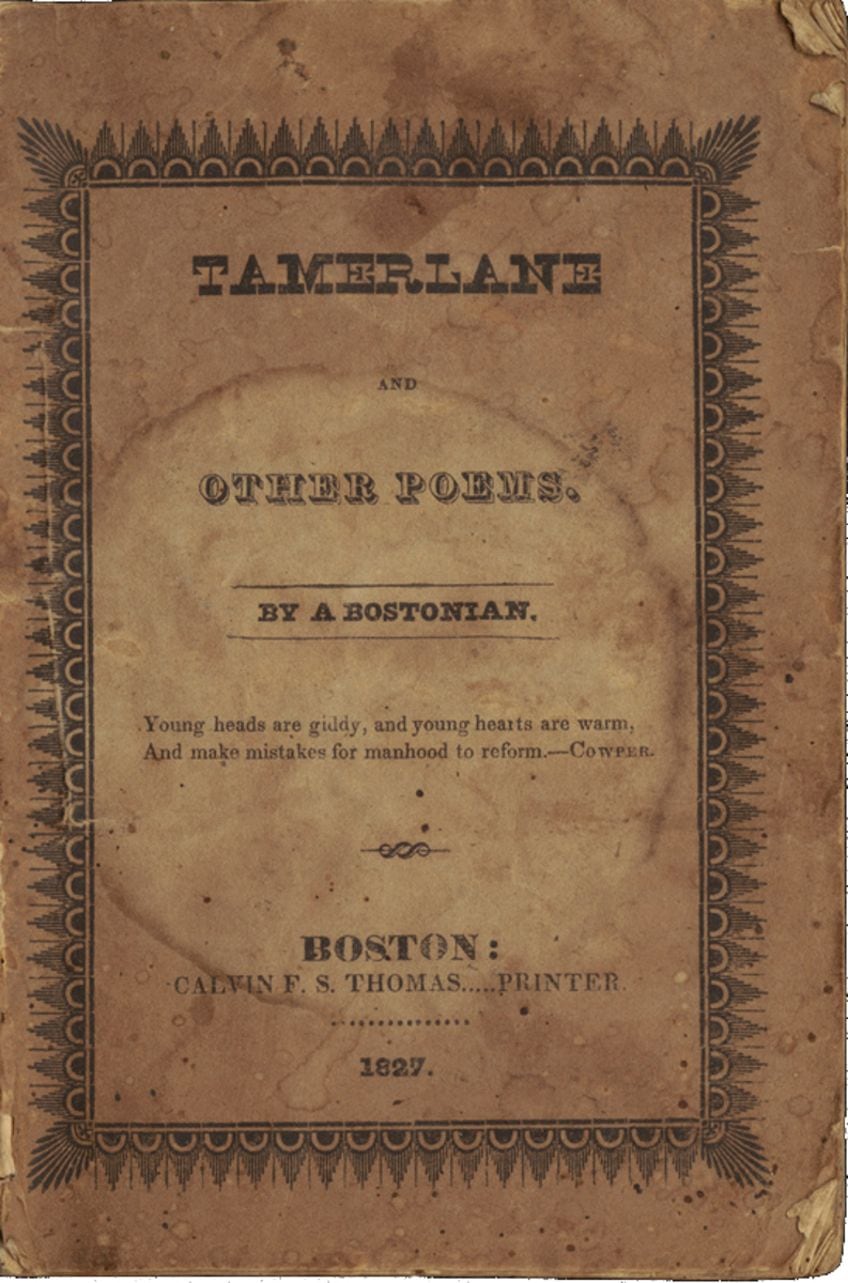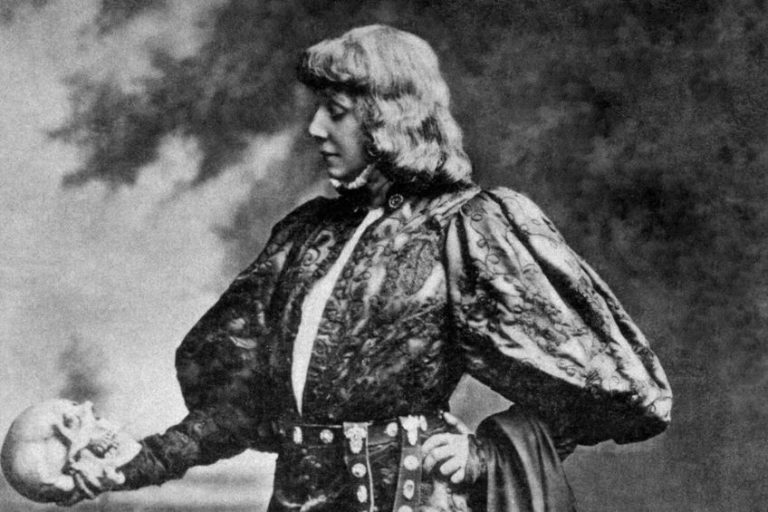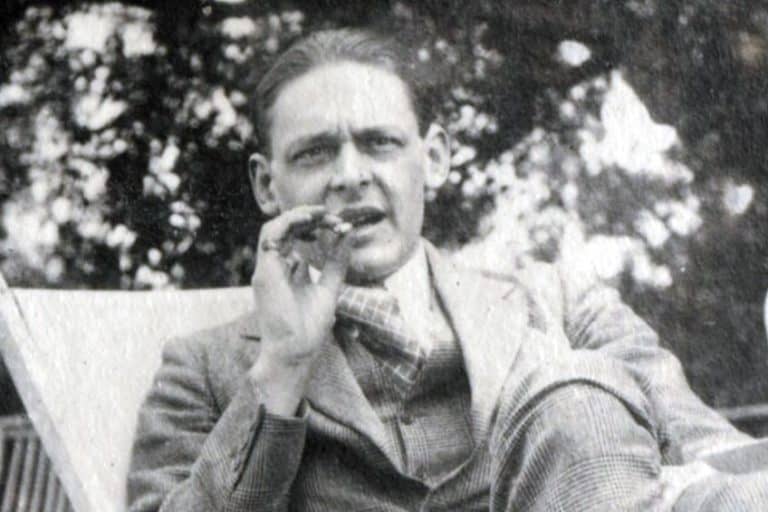Famous Edgar Allan Poe Poems – The 10 Best Examples
Edgar Allan Poe is probably one of the most famous writers of the 19th century. His work has influenced many in the world of mystery and horror fiction, and while he is mostly known for one of his poems, there are a number of famous Edgar Allan Poe poems that are worth examining. That is what we will do today. We will examine ten of the most famous Edgar Allan Poe poems to see what set this writer apart from many of his contemporaries.
Table of Contents
Famous Edgar Allan Poe Poems
Edgar Allan Poe was best known for his prose texts, and he was also an editor and fiery critic, but some of his poems have become famous in their own right. The Raven is definitely the most famous poem by Edgar Allan Poe, but only focusing on that one poem takes away from many of the other poems that he wrote over his career. That is why we will examine ten of the most famous Edgar Allan Poe poems today. His work was often noted for its far darker sensibilities, and, for this reason, he is considered an important and integral figure in the development of Gothic literature.
However, he is also seen as one of the primary figures in American Romanticism. His work was often inspired by the tragic events that he experienced in his life, and he struggled for much of that life through economic hardship.

After his death, he would also become known through a caricature that was created of him by his long-time rival, Rufus Wilmot Griswold. This figure painted Edgar Allan Poe as a dangerous and deranged individual, and this mythological image likely elevated Poe into a dark folk figure. These were lies, but their influence led to much of his posthumous fame. Today, Poe is generally remembered far more than Griswold. With this brief introduction out of the way, let’s have a look at some of the most famous Edgar Allan Poe poems, and it should be noted that these are listed in chronological order rather than the order of their fame. So, let’s get started and see what we can learn about some of these famous Edgar Allan Poe poems.
Tamerlane (1827)
| Date Published | 1827 |
| Type of Poem | Dramatic monologue |
| Rhyme Scheme | Variable |
| Meter | None |
| Topic | Independence and pride |
Tamerlane is one of the earliest and most famous Edgar Allan Poe poems, and it was published very early in his career. This poem appeared long before Poe had achieved the fame for which he would eventually become so well-known. This poem is, quite simply, about Tamerlane. This was a historical figure who has come to be known under that name, and the poem essentially serves as a fictionalized autobiography of sorts.
It is also a rather lengthy poem, like many of the most famous Edgar Allan Poe poems, and would serve as a good beginning point as he explored more complex later poems.
The poem is concerned with the figure of Tamerlane, and it is, essentially, focused on a kind of a love. It looks at the way that he had to choose between love and power, and he chose power. Eventually, when he passed away, he came to regret what he had decided to do. He may have founded the Timurid Empire, but he never achieved true happiness. The entire poem recounts a lifetime of events, but the actual narrative of it all takes place over the course of a single scene. This poem has remained one of the best Edgar Allan Poe poems and a fantastic early example of his work.

Sonnet––To Science (1829)
| Date Published | 1829 |
| Type of Poem | Sonnet |
| Rhyme Scheme | ABAB CDCD EFEF GG |
| Meter | Iambic pentameter |
| Topic | Science |
Sonnet––To Science is an early poem by Edgar Allan Poe and one that examines, as the title suggests, science. In more specific terms, the poem focuses on the way in which science, with its particular methods and focus on observation and rigorous investigation, is at odds with some of the beauty of the world.
It is quite hostile towards the notion of science in general, and it even, for instance, refers to science as a “vulture” who preys upon these mysteries of life.
The poem uses a number of different points, such as mythology, art, and beauty as points against science, and texts like this may have been influential on later figures who were skeptical of the way that science slowly eradicates the mysteries of the world and universe, like H.P. Lovecraft. This poem is a stunning example of a far shorter form than Edgar Allan Poe is generally known for producing, seeing as this text is a sonnet rather than a lengthier and more narrative-driven poem with a highly musical presentation.
The Haunted Palace (1839)
| Date Published | 1839 |
| Type of Poem | Narrative poem |
| Rhyme Scheme | ABAB |
| Meter | Loose trochaic tetrameter |
| Topic | Depression |
The Haunted Palace is one of the most famous Edgar Allan Poe poems, and it is concerned with the kind of doom and depression for which Poe has become such a famous poet. In this particular case, the poem examines a grand palace. This palace is personified in several human terms, such as the windows being eyes and the door being a mouth, and inside the palace, is a monarch.
That monarch is terrified of the doom that is coming towards his palace, and this is not an instance of paranoia in any sense, because the poem does end with that doom coming to their door.
The doom comes in the form of the destruction of the building and the family that resided within it. Various literary devices are used throughout the poem to create the kind of flow for which Edgar Allan Poe was often so well-known, and the majesty of the palace that had once been such a grand thing eventually crumbled away into nothingness. This kind of dark and gothic tale would become something that Edgar Allan Poe mastered over the course of his life and career, and while this particular text may not be as famous as his most famous gothic poem, it certainly is a superb example of it.

Lenore (1843)
| Date Published | 1843 |
| Type of Poem | Narrative poem |
| Rhyme Scheme | AABBCCC |
| Meter | Various |
| Topic | Death and loss |
Lenore is one of the most famous Edgar Allan Poe poems, and some of that fame also comes from its direct association with The Raven. This particular poem is a narrative set within a funeral. It focuses on how the man who has lost his soon-to-be wife, the eponymous Lenore, does not cry as he stands before the death of the one that he loved. He does not appear to exhibit the usual signs of sadness that one might expect, but rather than being left to his own devices, a fellow mourner comments on this lack of tears from the man who would be her husband. And that sets him off.
He tells them that they did not truly love her and that he does not need to exhibit his sadness in a way that is appealing to them.
The reason that this particular poem might also be compared to The Raven, which is the most famous poem by Edgar Allan Poe, is because the figure of Lenore is evoked there again. In that particular poem, the one who mourns for Lenore is doing so long after the funeral, and long after her death. This may be seen as something of a continuation of the sadness that began at this funeral.

The Conqueror Worm (1843)
| Date Published | 1843 |
| Type of Poem | Lyrical poem |
| Rhyme Scheme | ABABCBCB |
| Meter | Variable |
| Topic | Darkness of life |
The Conqueror Worm is one of the more grotesque poems that Edgar Allan Poe ever produced, and it features the story of a play that is being performed in front of an audience of angels. They watch as mimes perform a play, and the mimes are being controlled as puppets by dark and unpleasant shapes above.
It all indicates a move towards a view of life and death as something controlled by otherworldly forces.
The human mimes of the play that is depicted are just puppets, and they are caught in an unending cycle of suffering. It is a dark poem and a stunning example of the kind of misery that Edgar Allan Poe was able to evoke in the texts that he wrote. The association with worms and death is also something of special note in this case as it furthers the grotesque angle of this particular poem.

The Raven (1845)
| Date Published | 1845 |
| Type of Poem | Narrative poem |
| Rhyme Scheme | ABCBBB |
| Meter | Trochaic octameter |
| Topic | Grief and loss |
The Raven is, by far, the most famous poem by Edgar Allan Poe. This may even be the most famous text that Edgar Allan Poe ever wrote. While he may have been wildly influential in the development of genres like gothic and detective literature, he is also best known for his influence in those areas, and one can often see it as the influence he had on others who had an influence on others, and so on. In the case of The Raven, this is not the case.
The text itself is immensely well-known, and also one of the most stunning works that Edgar Allan Poe ever produced.
This particular text is a lengthy narrative poem that is noted for its highly musical presentation. It provides the reader with a glimpse into a single night. That night involves a character who recently lost someone that he loved, and he is experiencing immense grief and loneliness because of it. And then a raven enters his home, and it only speaks one word. That raven appears like a servant of another world to torment him with the one he has lost, and it repeatedly says only one word and that word sounds like the name of the one he lost. This poem has become an exemplary and highly influential text in the gothic poetry genre. Its influence cannot be overstated.

The City in the Sea (1845)
| Date Published | 1845 |
| Type of Poem | Narrative poem |
| Rhyme Scheme | AABBCC |
| Meter | None |
| Topic | Death and destruction |
The City in the Sea is one of the most notable Edgar Allan Poe poems that focuses on a gothic theme. In this case, the more horror-esque aspect of the poem is thanks to its focus on the idea of a city in the sea that is seen as one that is full of sin, and this city of sin needs to sink below the waves in a fashion that will likely draw similarities to the classic story of Atlantis and how it sunk below the ocean and vanished for all time.
The poem is noted for its dark and gloomy presentation, and it also does this through a personification of Death as a character who gazes upon this soon-to-be-submerged city.
This poem by Edgar Allan Poe has become a staple of gothic poetry and literature in general as it focuses on the slow and building doom that comes with this place. In addition, the use of a remote and dark location is something that would become very common in many examples of gothic literature, and it was also common in the gothic literature that Edgar Allan Poe wrote.
Eulalie (1845)
| Date Published | 1845 |
| Type of Poem | Lyric poem |
| Rhyme Scheme | Variable |
| Meter | Iambic and anapestic |
| Topic | Overcoming sadness |
Eulalie is a little less dark than some of the most famous Edgar Allan Poe poems because rather than fixating on death and mourning, and the kinds of feelings that are associated with these feelings, it instead focuses on transforming those feelings. The immense sadness that can be found in many poems by Edgar Allan Poe is still present, but it focuses on how that kind of sadness can be overcome, and how it can be turned into something far more positive when someone enters the life of someone who has experienced such deep sadness.
The poem looks at the speaker, who was a lonely and melancholic man, but then he met Eulalie.
This woman allowed him to escape the pit of loneliness that he had felt for such a long time, and to instead become happy for the first time. The overcoming of sadness and depression because of another person is similar to the kind of work that Edgar Allan Poe often produced because many of the texts for which he is so well-known are focused on the idea of misery through the loss of others, and so it is pleasant to see one of his poems that focuses on the part of the speaker’s life before the loved one has passed away.

Annabel Lee (1849)
| Date Published | 1849 |
| Type of Poem | Narrative ballad |
| Rhyme Scheme | ABABCB |
| Meter | Various |
| Topic | Lost love |
Annabel Lee is one of the last, and also most famous, Edgar Allan Poe poems. This particular text explores an idea that Edgar Allan Poe often explored in some of his most notable works. It explores what the death of someone who is loved by the speaker can experience. In this case, the speaker is haunted by the death of the central character of Annabel Lee.
This young woman passed away and the man who lost her now has to deal with the immense loss that he has experienced.
The poem allows for the speaker to argue against those who stood in the way of his love for her. It has a somewhat fairytale-like quality to it, and during the events of the poem, the mourning man seeks to return to her in some way. He does this by sleeping beside her tomb every night and dreaming of when he will be reunited with her. The poem is a stunning distillation of the kind of work for which Edgar Allan Poe was so well-known. Those who have experienced loss and mourning will surely understand the feelings that Poe is trying to express in this stunning later work.

The Bells (1849)
| Date Published | 1849 |
| Type of Poem | Lyrical poem |
| Rhyme Scheme | Various |
| Meter | Trochaic |
| Topic | Emotion |
The Bells is one of the final poems by Edgar Allan Poe, as he would pass away the same year this particular text was published. However, he never actually saw the poem published as it was released posthumously about a month after his death. It is a good example of a final poem by Edgar Allan Poe, and it shows a culmination of the kind of work that he was capable of creating.
It is noted for its musical quality and the intense repetition that can be found in the text. It does this through the use of an association with the sound of bells, and it extensively makes use of that particular word to reinforce the idea of bells.
The reason for the focus on bells is because it associates bells with our lives. Different bells come for different purposes. This poem by Edgar Allan Poe looks at a number of different types of bells, such as those made of different materials, and what they represent. Such as youthful silver bells, golden wedding bells, and funeral iron bells. It moves through these different stages and what they may come to represent to certain people. The poem is noted for its extensive repetition of various words and sounds to produce a highly rhythmic text.

Edgar Allan Poe may be one of the most famous writers of all time, and while he is often remembered for his prose work, he also wrote a number of fantastic poems. While The Raven is likely the most famous poem by Edgar Allan Poe, there are many other famous Edgar Allen Poe poems. That is why we have looked at ten of the most famous poems ever written by this famous and influential American writer. Hopefully, this list has given a good overview of the kind of work that Edgar Allan Poe produced over his relatively short but prolific career.
Frequently Asked Questions
Who Was Edgar Allan Poe?
Edgar Allan Poe was one of the most famous American writers of the 19th century. His work would go on to become some of the most important works in the Gothic tradition in the United States and beyond. He is known for many different works, and while he did write a lot of poetry, he is likely best known for the many prose works that he produced. For instance, he is widely considered to be the inventor of the detective genre, and his work would go on to inspire many writers into the present day.
What Are the Most Famous Edgar Allan Poe Poems?
Edgar Allan Poe was known for far more than poetry, and some of his most influential works were the many short stories that he wrote, especially those that fell into the gothic and horror genres. However, when it comes to poetry, some of the most famous Edgar Allan Poe poems include Lenore (1843), Annabel Lee (1849), and The Bells (1849). However, the most famous poem that he ever wrote was The Raven (1845). His work has gone on to be a major influence on a variety of other poets and prose writers.
What Were the Major Themes Explored by Edgar Allan Poe?
The works of Edgar Allan Poe are often noted for their far more depressing and melancholic tone. Ideas such as fear, death, mental illness, revenge, and addiction were themes that he often explored in his work. His prose and poetry, aside from the few and lesser-known light-hearted works that he produced, were predominantly concerned with these darker ideas, and for this reason, his influence on horror has been immense.
Which Writers Were Inspired by Edgar Allan Poe?
Many writers have been inspired by Edgar Allan Poe over the years, such as Franz Kafka, H.P. Lovecraft, and Jorge Luis Borges. However, his work has had a profound and lasting impact on the horror genre in general. For instance, his work has been particularly cited by contemporary figures like Stephen King as a major influence on his work. For this reason, there are likely many who have been inspired by the work of Edgar Allan Poe, even if they have not actually directly read his work.
Which Writers Inspired Edgar Allan Poe?
Edgar Allan Poe was inspired by many of his contemporaries. Poe is considered to be an important figure in the development of Gothic literature, but he is also considered to be an integral member of the Romantic movement, especially in the United States. For this reason, he was inspired by many of the other Romantic authors of the general time in which Poe wrote, such as Lord Byron, John Keats, Percy Bysshe Shelley, and Samuel Taylor Coleridge.
Justin van Huyssteen is a freelance writer, novelist, and academic originally from Cape Town, South Africa. At present, he has a bachelor’s degree in English and literary theory and an honor’s degree in literary theory. He is currently working towards his master’s degree in literary theory with a focus on animal studies, critical theory, and semiotics within literature. As a novelist and freelancer, he often writes under the pen name L.C. Lupus.
Justin’s preferred literary movements include modern and postmodern literature with literary fiction and genre fiction like sci-fi, post-apocalyptic, and horror being of particular interest. His academia extends to his interest in prose and narratology. He enjoys analyzing a variety of mediums through a literary lens, such as graphic novels, film, and video games.
Justin is working for artincontext.org as an author and content writer since 2022. He is responsible for all blog posts about architecture, literature and poetry.
Learn more about Justin van Huyssteen and the Art in Context Team.
Cite this Article
Justin, van Huyssteen, “Famous Edgar Allan Poe Poems – The 10 Best Examples.” Art in Context. October 30, 2023. URL: https://artincontext.org/famous-edgar-allan-poe-poems/
van Huyssteen, J. (2023, 30 October). Famous Edgar Allan Poe Poems – The 10 Best Examples. Art in Context. https://artincontext.org/famous-edgar-allan-poe-poems/
van Huyssteen, Justin. “Famous Edgar Allan Poe Poems – The 10 Best Examples.” Art in Context, October 30, 2023. https://artincontext.org/famous-edgar-allan-poe-poems/.








